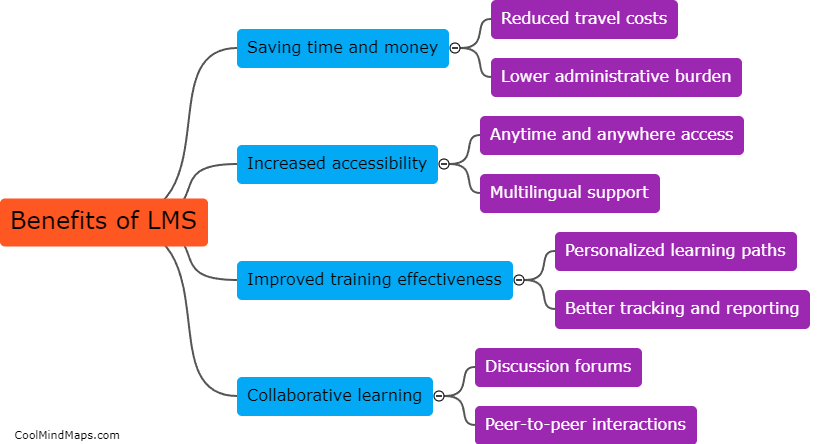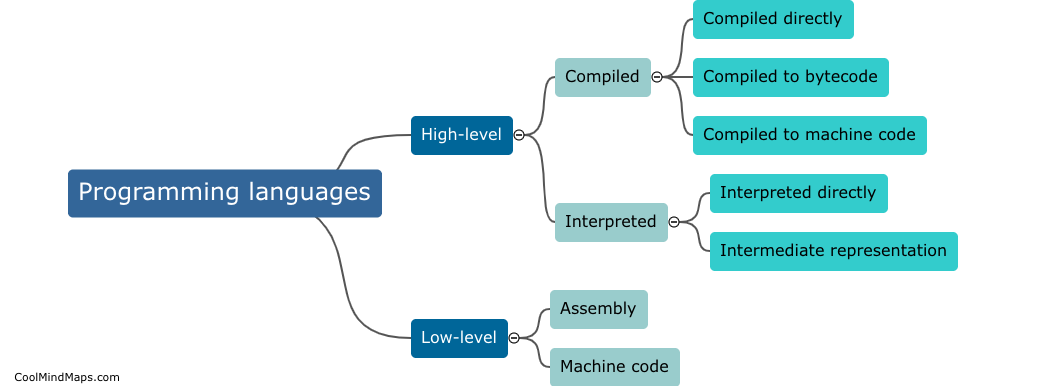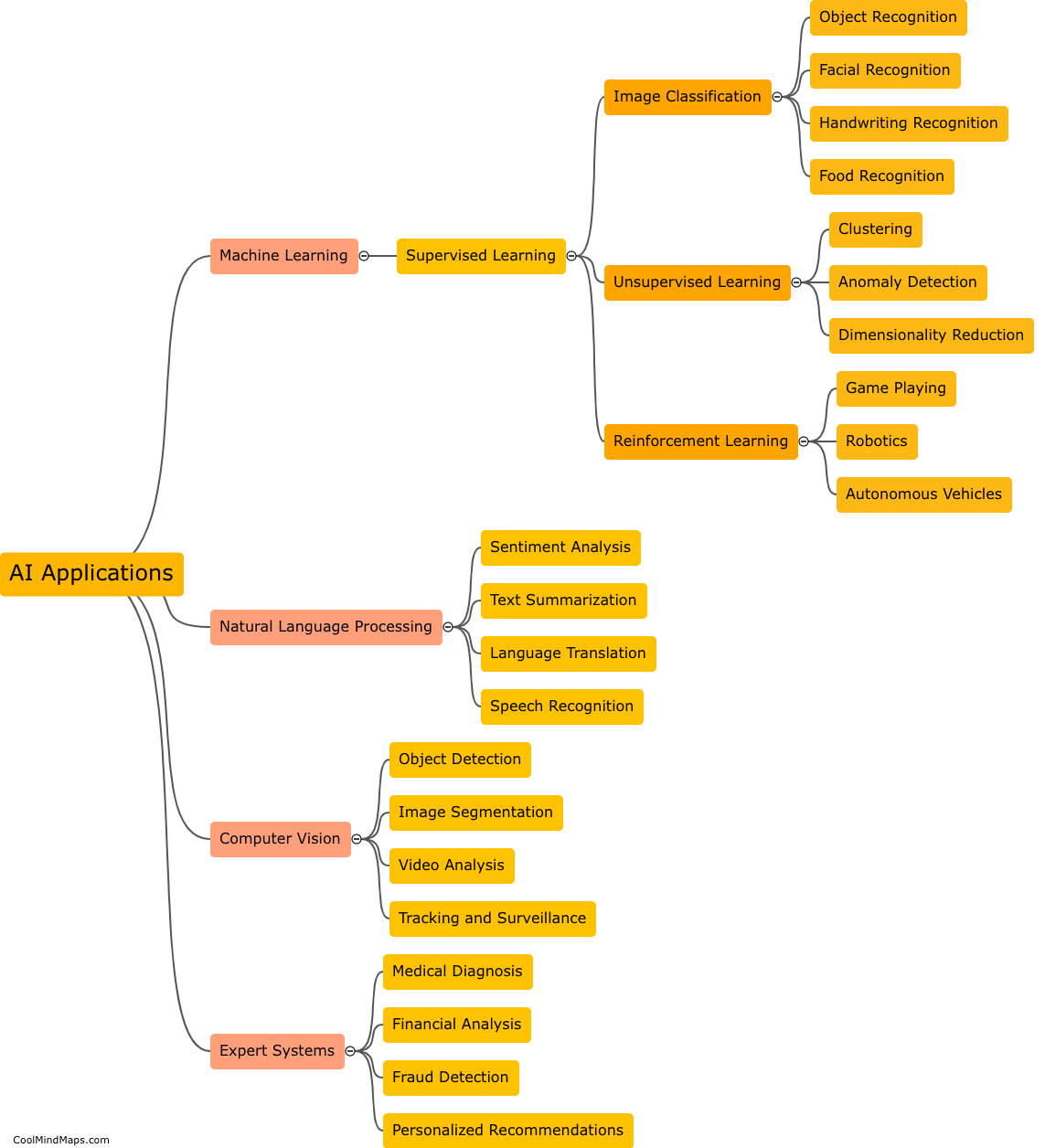What are the assumptions for non-parametric tests?
Non-parametric tests are statistical methods that do not rely on any specific assumptions about the distribution of the data. Instead of making assumptions about the underlying population, these tests focus on the ranks or order of the data. One assumption for non-parametric tests is that the data must be measured on an ordinal or nominal scale, as these tests do not require intervals or ratios. Another assumption is that the observations must be independent of each other, meaning that the value of one observation does not influence the value of another. Non-parametric tests are also robust to outliers or non-normality in the data, making them suitable for analyzing skewed or non-normal distributions. Overall, the assumptions for non-parametric tests are relatively few and are less restrictive compared to parametric tests, allowing them to be more flexible in analyzing various types of data.

This mind map was published on 13 October 2023 and has been viewed 101 times.











